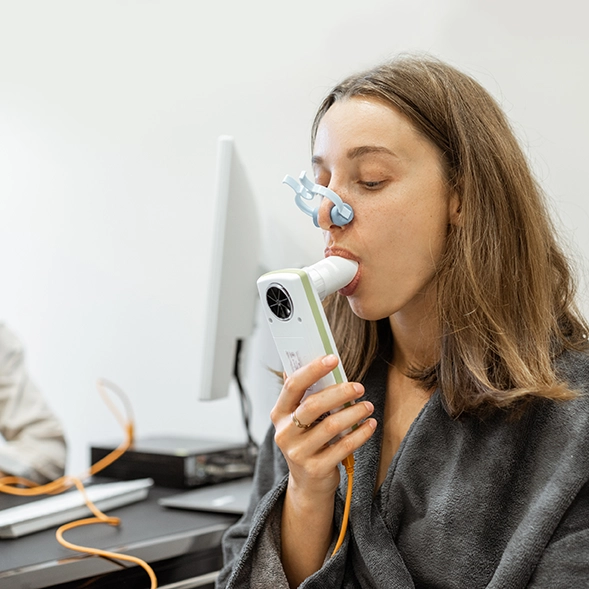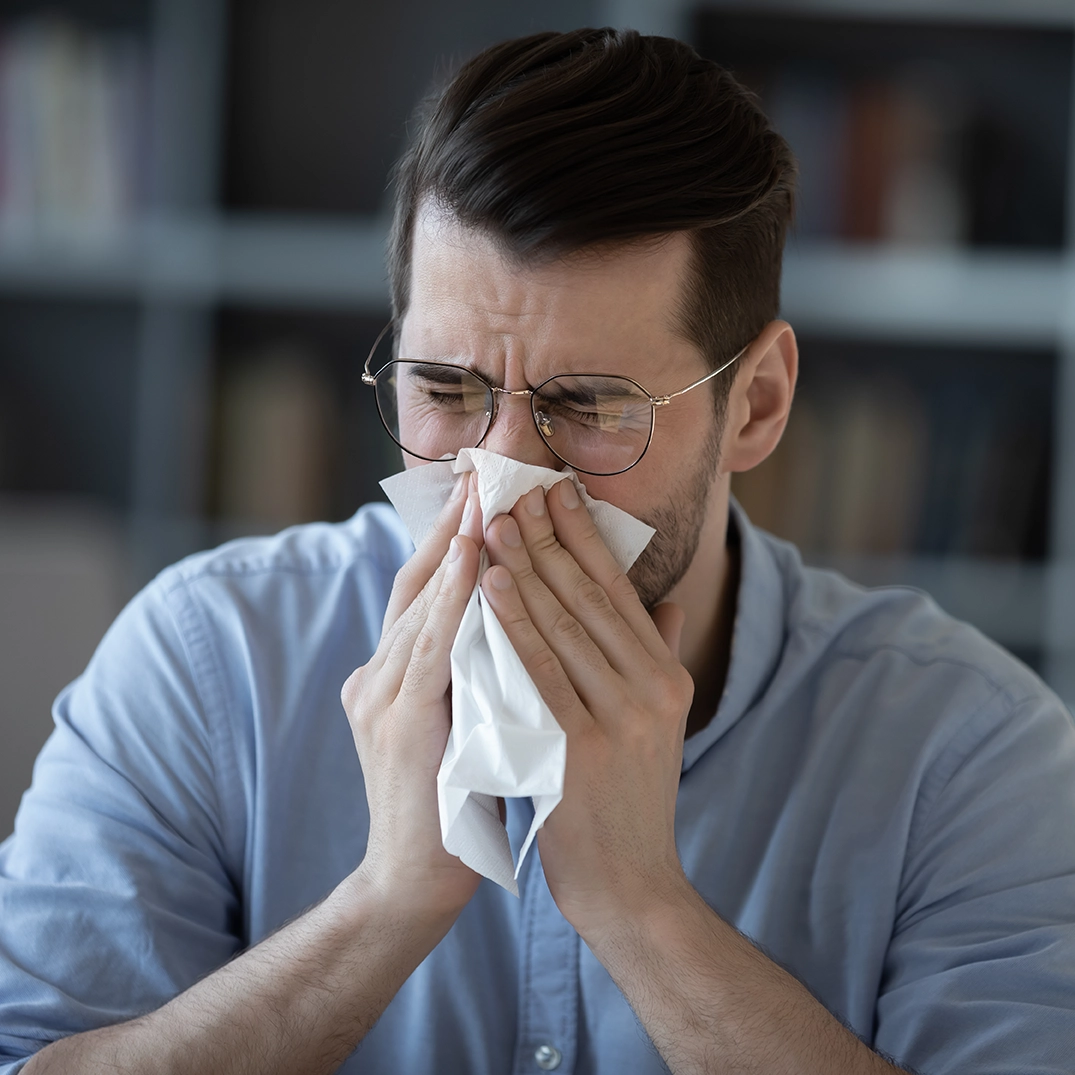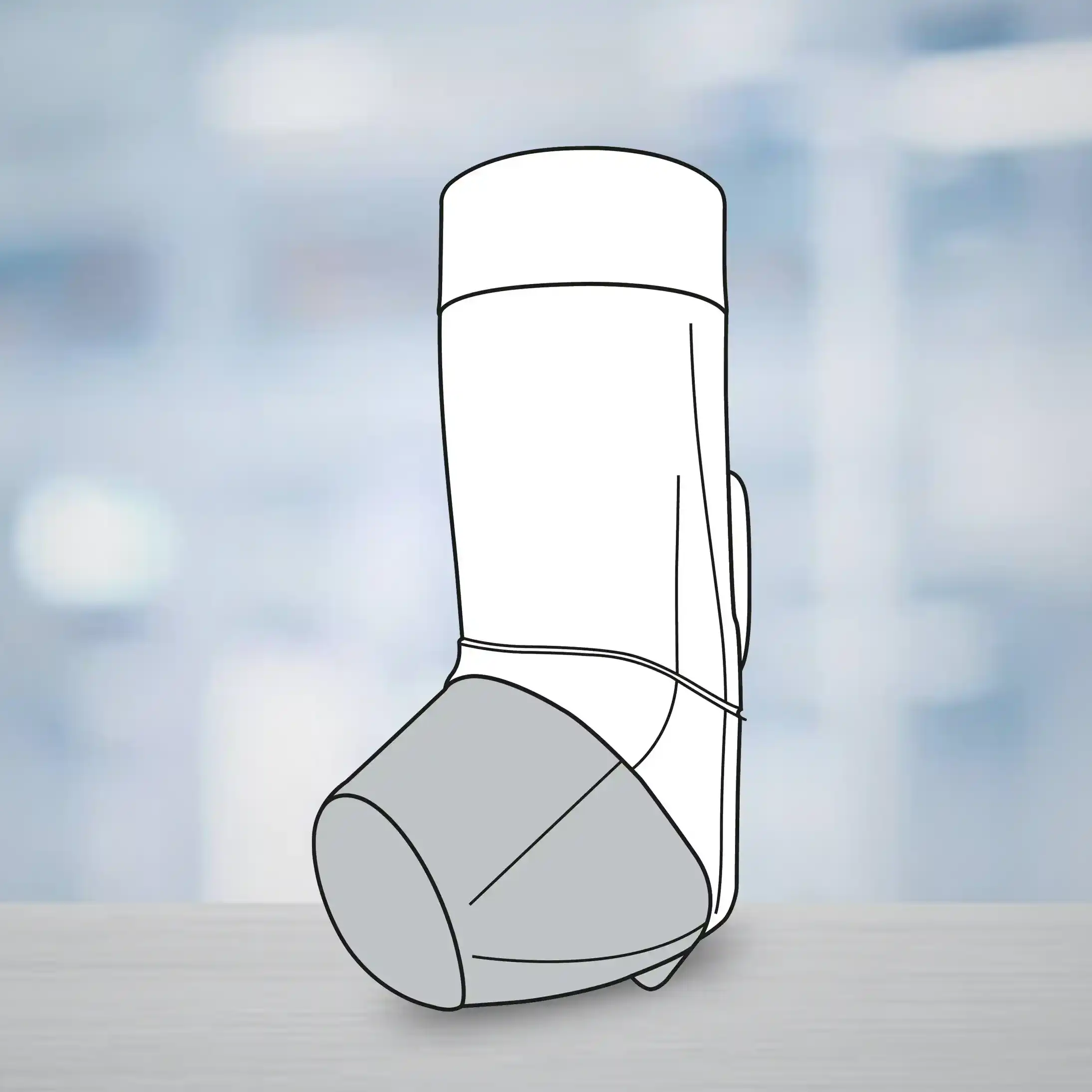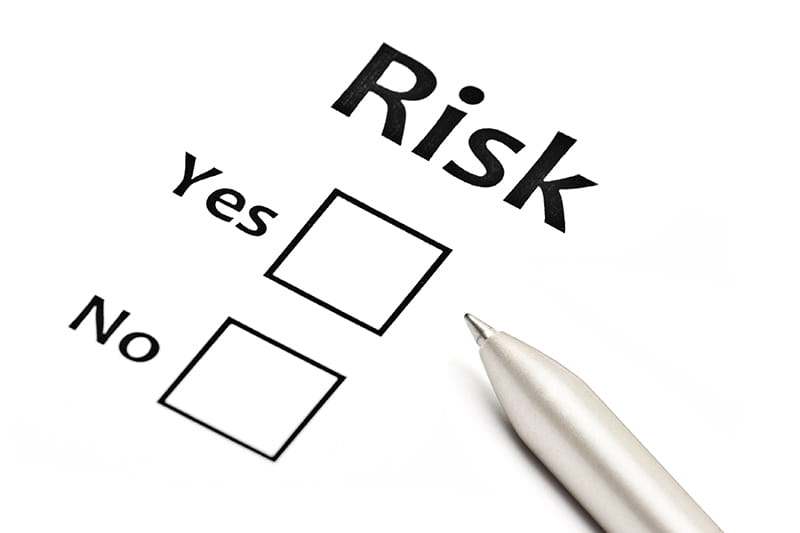Introduction
Vaccination against SARS-CoV-2 reduces morbidity and mortality associated with COVID-19. Mortality due to COVID-19 has been speculated to be higher in people with HIV, and particularly those from black and minority ethnic groups or with comorbidities, than in general population. Limited data exist on immune responses to vaccination against SARS-CoV-2 in people with HIV.
Aim
To evaluate safety and immunogenicity of the ChAdOx1 nCoV-19 (AZD1222) vaccine in PLHIV on ART with CD4 counts >350 cells/µl.
Patient Population
- HIV adults aged 18–55 years on antiretroviral therapy (ART)
- With undetectable plasma HIV viral loads (<50 copies per mL)
- CD4 counts of more than 350 cells per ?L
Methods
- Single-arm open-label vaccination substudy within the larger multicentre phase 2/3 COV002 trial
- 54 participants with HIV received ChAdOx1 nCoV-19 prime and boost vaccinations between 4–6 weeks
- Humoral responses were measured using a standardised total IgG ELISA against trimeric SARS-CoV-2 spike protein
- Antibody neutralisation was measured in a randomly selected subset of participants by use of a focus reduction neutralisation test (FRNT)
- Cell-mediated immune responses were measured by ex-vivo IFN-? enzyme-linked immunospot assay (ELISpot).
- All outcomes were compared with an HIV-uninfected group from the main COV002 study within the same age group and dosing strategy and are reported until day 56 after prime vaccination.
Endpoints
- The primary outcomes for this substudy were safety and reactogenicity of the vaccine, as determined by serious adverse events and solicited local and systemic reactions
- The secondary outcome of interest in this cohort was the immunogenicity profile of ChAdOx1 nCoV-19 in people living with HIV
Results
- All participants were male with a median age of 42.5 Years
- No serious adverse events were reported
|
Adverse events |
No of patients (%) | |
|
Prime Vaccination (n=53)
|
Boost Vaccination (n=51) | |
|
pain at the injection site |
49% |
20% |
|
fatigue |
47% |
29% |
|
headache |
47% |
24% |
|
malaise |
34% |
18% |
|
chills |
23% |
8% |
|
muscle ache |
36% |
14% |
|
Feverish |
19% |
6% |
|
joint pain |
9% |
10% |
|
nausea |
8% |
8% |
- The frequencies of local and systemic reactions occurring during the first 7 days after prime vaccination were similar to the HIV-negative participants
- Anti-spike IgG responses by ELISA peaked at day 42 and were sustained until day 56
- No correlation between the magnitude of the anti-spike IgG response at day 56 and CD4 cell count (p=0·93) or age (p=0·48)
- Summed IFN-? ELISpot responses across 12 pools of SARS-CoV-2 spike peptides peaked on day 14 after prime dose and were sustained at a lower level until day 56
- At all timepoints, responses were significantly increased compared with baseline
- No difference in magnitude or persistence of SARS-CoV-2 spike-specific humoral or cellular responses (p>0·05 for all analyses) were observed in patients with HIV compared to without HIV
Conclusion
- ChAdOx1 nCoV-19 was safe and immunogenic, supporting vaccination for those HIV patients on well controlled on ART
- The findings suggested that ChAdOx1 nCoV-19 is likely to be protective and efficacious against COVID-19 for people with HIV and emphasizes that this population should be supported to receive vaccination against SARS-CoV-2
Reference
Lancet HIV. June 18, 2021 https://doi.org/10.1016/ S2352-3018(21)00103-X

.svg?iar=0&updated=20230109065058&hash=B8F025B8AA9A24E727DBB30EAED272C8)








